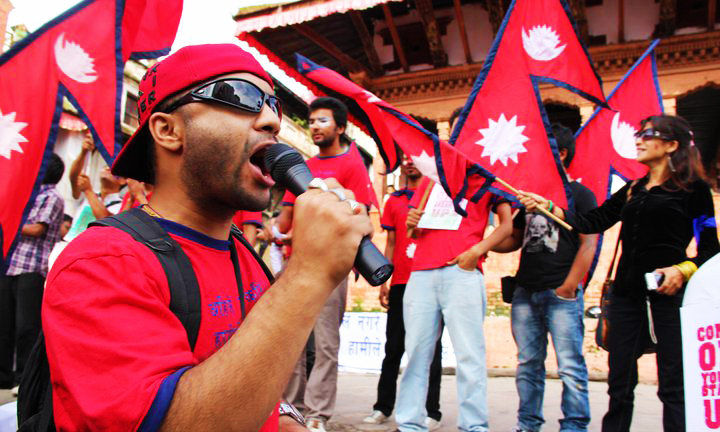A clash between thousands of monarchist protestors and police took place in Kathmandu, Nepal on Thursday. The confrontation, marked by the use of rattan sticks, tear gas and water cannons, resulted in the forceful dispersal of the demonstration. This event underscores tensions between pro-monarchy and pro-republic factions in the Himalayan nation.
Initially peaceful, the demonstration took place in Kathmandu’s New Road area, where protestors chanted slogans in support of the former king, Gyanendra Shah. However, tensions escalated when protestors sought to breach a barricade protecting government offices, prompting authorities to respond with a heavy-handed approach. “This movement has been done to save religion, the country and the public at a grassroot level,” a protestor told WION News amidst the chaos.
The establishment of the Constituent Assembly on December 24, 2007, marked a pivotal moment in Nepal’s history. The assembly, formed to address the future of the monarchy, declared on that day that the monarchy would be abolished in 2008 following Constituent Assembly elections. Subsequently, on May 28, 2008, Nepal officially transformed into a republic.
The abolition of the monarchy was facilitated by key official documents, including the Comprehensive Peace Accord (CPA) signed on November 21, 2006, between the government and the Communist Party of Nepal (Maoist), which outlined the republic’s establishment. Furthermore, the Constitution of Nepal, adopted on September 20, 2015, solidified the country’s federal structure, guaranteed fundamental rights, and established an independent judiciary. These documents collectively marked a significant shift in Nepal’s political landscape.
The abolition of the monarchy in 2008, following a decade-long civil war and widespread protests, was a pivotal moment in Nepal’s history. Despite this, deep-rooted divisions within Nepali society persisted. Pro-monarchy factions, nostalgic for the stability and perceived unity of the monarchical era, persist in advocating for a return to the old system, viewing the monarchy as a symbol of national identity and a guarantor of stability.
Conversely, pro-republic supporters argue that the monarchy represents an outdated governance system hindering progress and perpetuating inequality. They contend that a democratic republic is the only way to ensure Nepal’s long-term stability and prosperity.
Against the backdrop of growing dissatisfaction with Nepal’s current government, some perceive the abolition of the monarchy as a root cause of political instability and economic hardship. Proponents of the monarchy argue that the king’s reign brought greater stability and prosperity to the nation.


